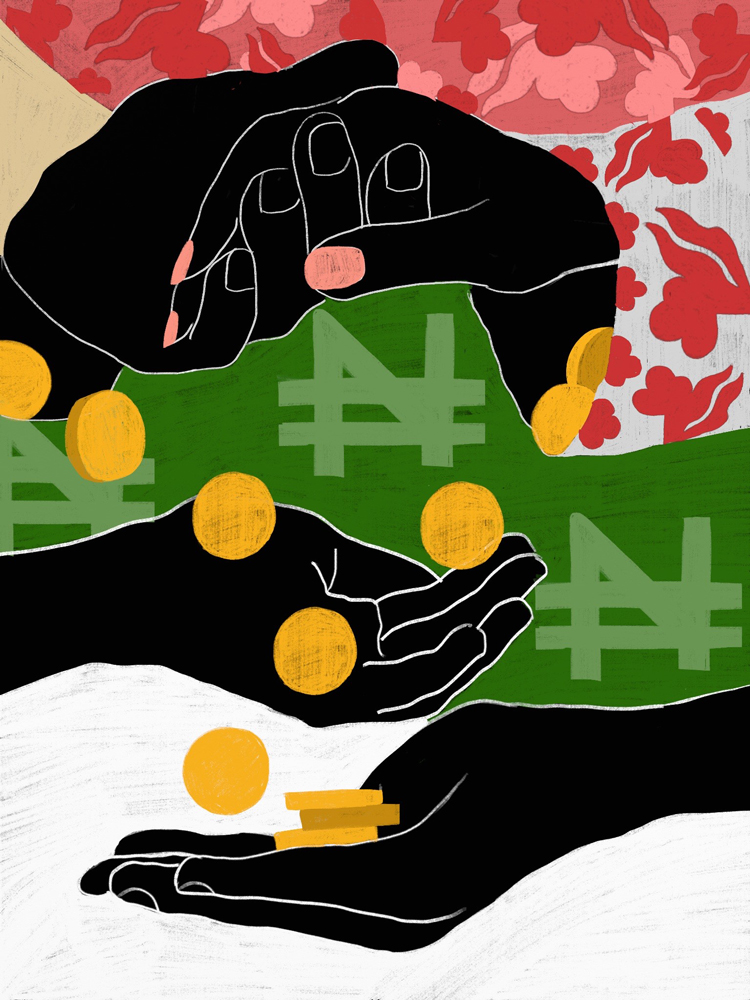
Introduction
The South African rand weakness highlights the sensitivity of emerging markets to global investor sentiment. On October 6, 2025, the rand traded near 17.25 ZAR per USD, reflecting caution among investors amid a US government shutdown.
Such external factors influence currency movements, reminding us that global events can strongly affect local economies and investment flows.
Rand Market Performance
The rand’s recent slide reflects investor risk aversion. When uncertainty rises, capital moves from emerging markets to safe-haven assets like the US dollar, gold, or government bonds.
These shifts are often temporary, driven by sentiment rather than domestic economic issues, and the rand typically recovers once confidence returns.
Reasons for Rand Weakness
1. Investor Risk Aversion
Emerging market currencies, including the rand, are sensitive to global uncertainty. Capital outflows weaken the currency.
2. US Dollar Strength
A strong dollar reduces demand for other currencies, including the rand, especially during global volatility.
3. Commodity Price Shifts
South Africa relies on mineral exports like gold and platinum. Falling prices reduce foreign currency inflows, pressuring the rand.
4. Interest Rate Differentials
Higher US interest rates attract investment abroad, prompting rand depreciation.
The Role of Global Risk Sentiment
Global risk sentiment reflects investor confidence. Fear or uncertainty pushes capital toward safe assets, impacting currencies like the rand. Events such as US political uncertainty demonstrate how integrated South Africa is with global financial markets.
Economic Impacts
- Imports: A weaker rand raises costs for imported goods.
- Exports: South African products become more competitive internationally.
- Investments: Currency fluctuations create opportunities for investors seeking value.
These effects show that short-term weakness can coexist with economic growth and trade potential.
South Africa’s Resilience
- Diversified Economy: Mining, finance, agriculture, and manufacturing support stability.
- Active Central Bank: SARB monitors the currency market and maintains stability.
- Economic Reforms: Governance, trade efficiency, and investment-friendly policies strengthen confidence.
Periodic currency weakness is normal, and South Africa remains well-positioned to navigate volatility.
Global Connections and Outlook
The rand’s fluctuations underscore the interconnectedness of global markets. As risk sentiment stabilizes, the rand often recovers.
Long-term stability depends on domestic growth, intra-African trade expansion, and export diversification.
Conclusion
The recent rand weakness reflects global investor caution, not domestic decline. South Africa’s strong economic fundamentals, robust policies, and reforms ensure resilience. Short-term market shifts can provide opportunities while long-term growth continues.
FAQs
- What causes rand weakness?
Global risk aversion, US dollar strength, and commodity price changes. - How does US policy affect the rand?
Political uncertainty prompts investors to move funds to safe assets. - Can a weaker rand help the economy?
Yes, by boosting export competitiveness. - Is rand weakness long-term?
No, it often reflects short-term market reactions. - What stabilizes the rand?
Monetary policy, foreign reserves, and economic reforms.



